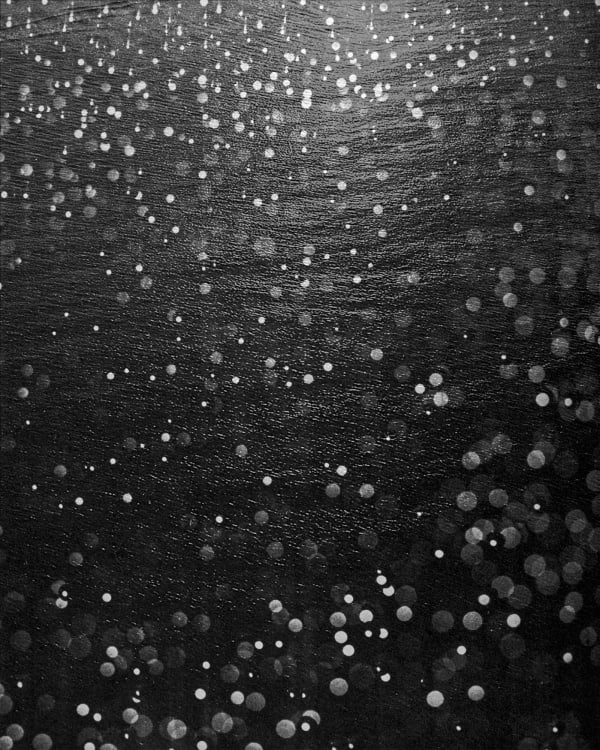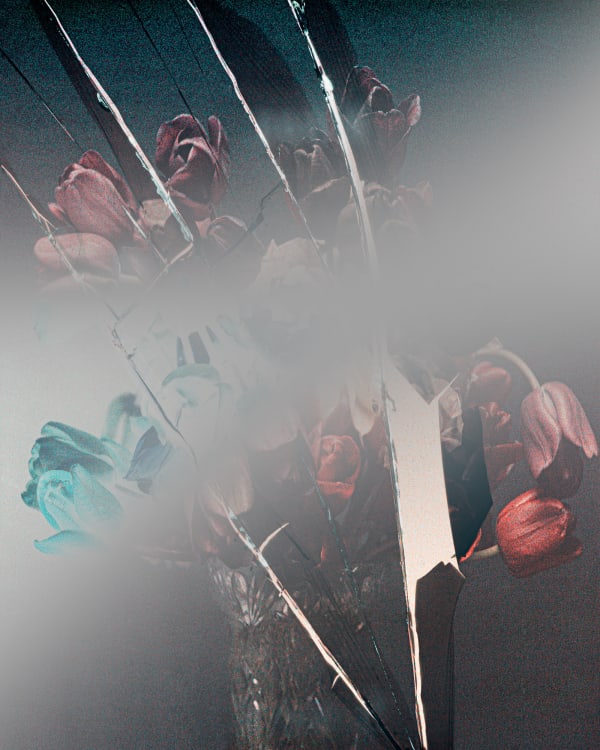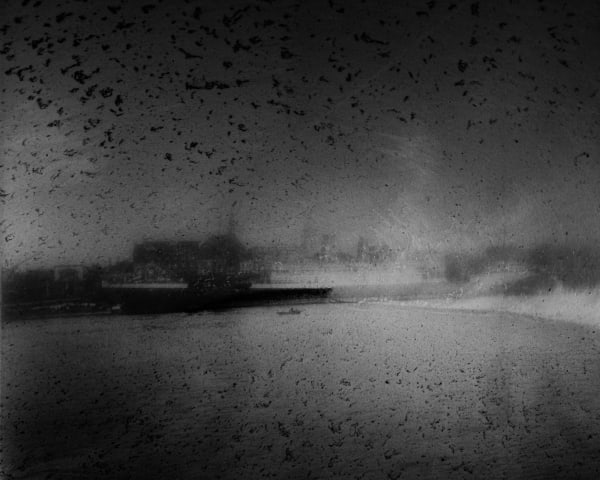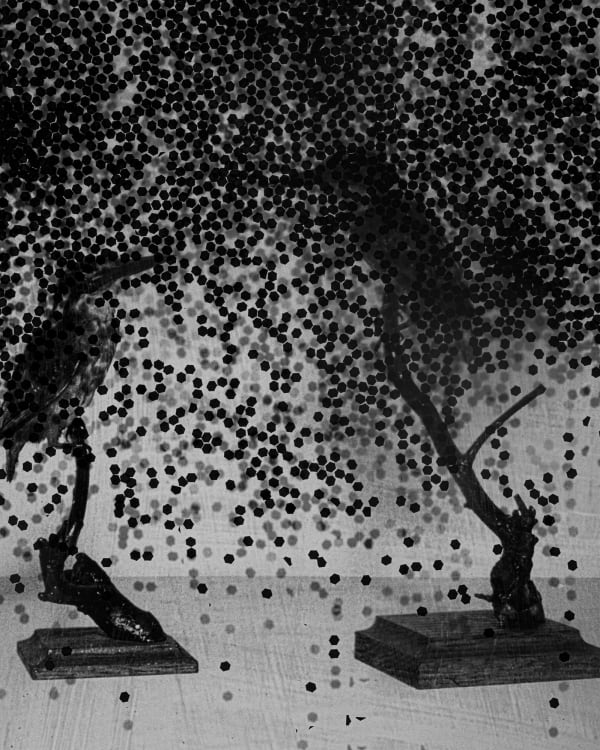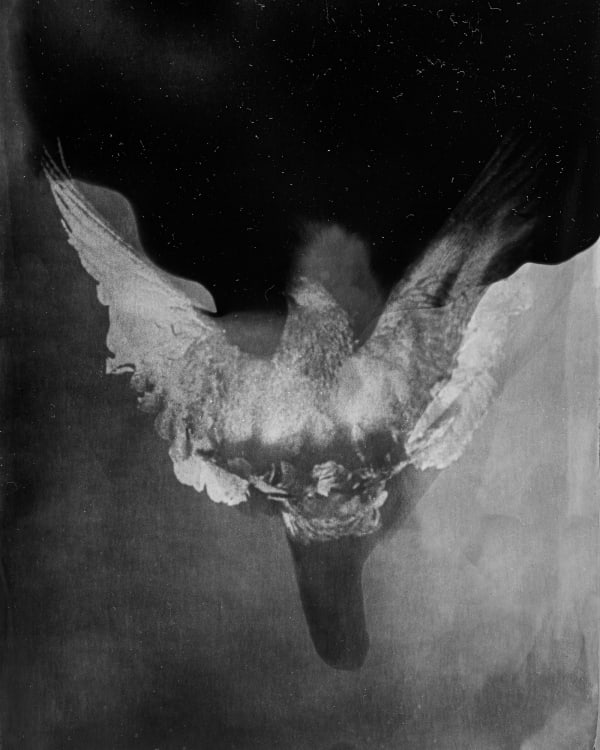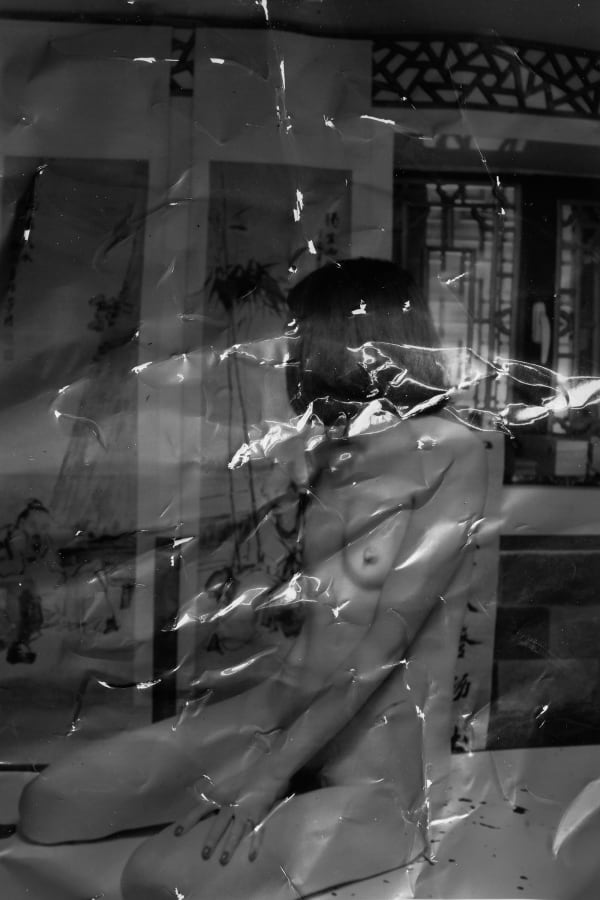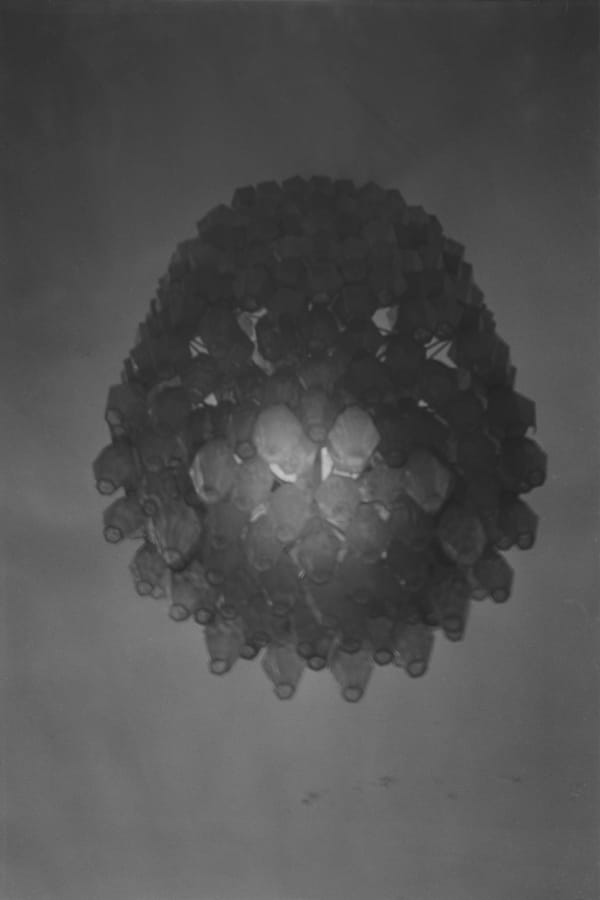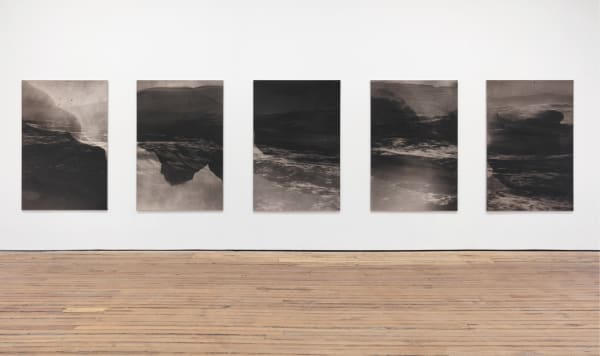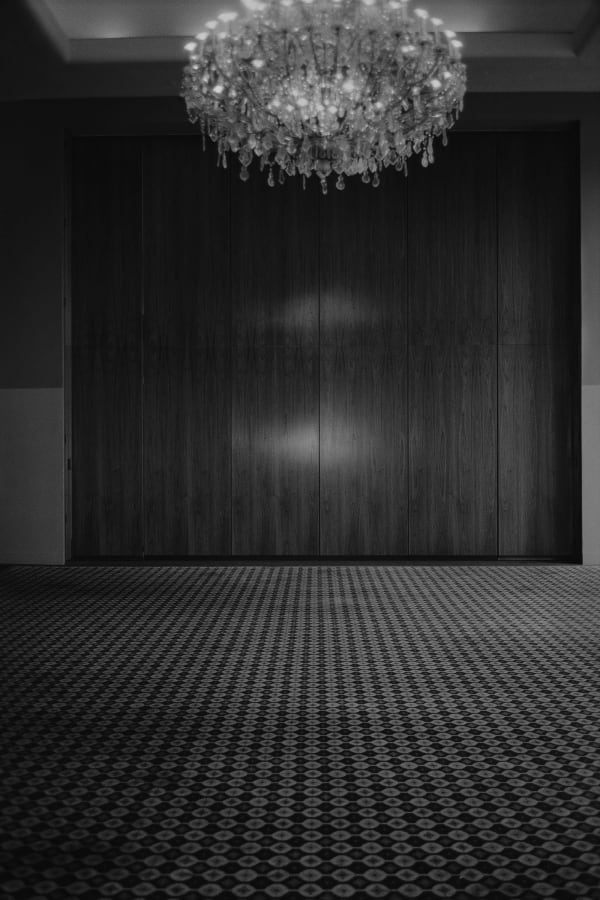Works
-
 ECHTZEIT 003-24, 2024
ECHTZEIT 003-24, 2024 -
 ECHTZEIT 025-24, 2024
ECHTZEIT 025-24, 2024 -
 ECHTZEIT 067-24, 2024
ECHTZEIT 067-24, 2024 -
 ECHTZEIT 099-24 , 2024
ECHTZEIT 099-24 , 2024 -
 ECHTZEIT 112-24, 2024
ECHTZEIT 112-24, 2024 -
 ECHTZEIT 117-24, 2024
ECHTZEIT 117-24, 2024 -
 ECHTZEIT 138-24, 2024
ECHTZEIT 138-24, 2024 -
 ECHTZEIT 019-23 , 2023
ECHTZEIT 019-23 , 2023 -
 ECHTZEIT 091-23, 2023
ECHTZEIT 091-23, 2023 -
 S.T.-T.H-23, 2023
S.T.-T.H-23, 2023 -
 D.T.-D.U.-11, 2022
D.T.-D.U.-11, 2022 -
 L.I.-L.S.-22, 2022
L.I.-L.S.-22, 2022 -
 L.M.-L.S.-22, 2022
L.M.-L.S.-22, 2022 -
 S.N.-U.N. (2)-22, 2022
S.N.-U.N. (2)-22, 2022 -
 L.U.-A.L.-21, 2021
L.U.-A.L.-21, 2021 -
 Dear Deer, As I Recall, 2019
Dear Deer, As I Recall, 2019 -
 Dear Deer, Vague Memories, 2019
Dear Deer, Vague Memories, 2019 -
 E.V.-S.E.-18 #2, 2018
E.V.-S.E.-18 #2, 2018 -
 H.M.-D.B.-17, 2017
H.M.-D.B.-17, 2017 -
 X.L.-I.C.-16, 2016
X.L.-I.C.-16, 2016 -
 27.1 / 21.7 / 030 / 2014, 2014
27.1 / 21.7 / 030 / 2014, 2014 -
 V.B.-C.N.-11, 2011
V.B.-C.N.-11, 2011
Biography
Dirk Braeckman’s photos – we call them photos for convenience’s sake – are tonal vibrations subtly ranging from the pitch blackness of soot to the dazzling whiteness of electric gleams, sunrays or throbbing flashes. From opaque blacks to shrill whites, the light’s graininess is neutralized by grey or by the dusky dimming of color, setting the world’s details onto a totally matte surface, encompassed in a zone where air barely circulates. Filters sift the surface of the paintings – let’s call them paintings rather than photos –, with varying degrees of resistance, filters so soft they almost liquefy one’s gaze. From a strictly technical standpoint, these photos are undeniably photographical, and yet they stray from the genre and are deeply tuned to the realm of painting. Dirk Braeckman started out as a painter, at first just using photography so as to document his subject matter. This initial practice would soon turn photography into the catalyst of his painterly eye. Dirk Braeckman’s artwork does not produce images, for the images are surfaceless, as opposed to his works where the graininess counts as much as the brushstroke. A painting chiefly tells about the act of gazing. What we see in Dirk Braeckman’s works is not the initial shot, but a particular way of gazing at the world, where things are grasped in constant relation to recollection. What is depicted is something that was seen and then partially, and sometimes even totally, forgotten. The photographic action is merely the initial capture which then gets archived, sometimes for years on end, until an image is unearthed, the way one unearths old memories. The image is taken, discarded, and then reused, rediscovered, sometimes reworked, re-shot, reframed or calibrated with different lighting – the way our memories are reshaped when we grope for them, in a wobbly authenticity, veiled by the greyish haze of memory’s backwash. It is not about witnessing a snap of life, the aim is not to produce a snapshot, but to tell the story of a gaze, to show how the memory of a place can get so layered that it stops being a memory and turns into a painting in its own right, a sealed-off world retrospectively divulging its instability, its evanescence, its soft luminous hovering in shades of grey beyond memory’s grasp. Dirk Braeckman’s works are sprawled across the slow erosion of an image which was once seen, recollected, and then splintered into so many fragments that memory forgets itself within the work’s self-enclosed body. This is perhaps what is meant by a painting.
The starting point for Dirk Braeckman’s works is a photo, but the photos become paintings, their edges finely yet firmly bounded by a steel frame, an integral component of the artwork as demonstrated by the slight irregularities, the manual machining or the imperceptibly sanded corners, which imbue the artwork with an organic quality unachievable with a standard frame. These paintings have a skin-like surface and a body-like scope, revealing a painter’s gaze. While it is true that these works use photography, it is literally used, deteriorated, weakened in its power of witnessing and objectively rendering reality, used to the point of being abused, overtaken by its tension towards painting. In Dirk Braeckman’s work one senses that photography’s naturally woven pact with reality has been breached. What I’m gazing at involves time’s thickness, the surface, the exhibition of bodies haloed by a sensuality verging on eroticism, the surge of intimacy precisely where bodies are no longer present.
The surfaces of Dirk Braeckman’s paintings are shaped by the compactness of a drape, by the evanescence of a translucent veil, by teeming motifs scattered across a frayed carpet, spanning the morning light slicing through a parted curtain, ambiguous gleams, hovering glimmers, wintry sun-ripples upon beds where enigmatic sensuality suffuses an ethereal hotel room. The works show things precisely as they were seen, those things we never quite look at in this way, those things that in spite of ourselves unexpectedly wind their way into our memory to weave the strange pattern of ghostly imprints that will linger on. The works show things as Dirk Braeckman saw them, things we’d never see – not like this. These things transform places – walls and doors, curtains and beds, alcoves in corridors and halls, sea-misted bays, windows that block out the world – into still-life fragments of reality, evoking the way in which our dreams and memories crystallize on seemingly trivial details fraught with feelings, memories and sensations. Framed and sifted through greyscale filters, these places have become anonymous non-places, patches of somewhere refracted by the echoes and clues that sometimes signal the photographer’s presence. It is significant that several works result from re-shot photos (his own photos, found photos, or from posters and other types of documents) – and that their surface has been partially erased by the flash-triggered blind spot. The initial image is blinded by the sudden appearance of the photographer, whose sheer presence abuses the image, abuses photography, spawns a surface and infuses it with duration, tilting the photo towards a painting-in-becoming. While this primarily means taking a photo, it mainly involves rendering what was seen via a fine-tuned syntax poised between the photographic image’s sublimation and the initial image’s devaluation towards its pictorial becoming. The images wander, thicken and somewhat flounder in their grainy devaluation with no aim, reason or stability in sight; they become filaments of moments, sensations and collisions of personal memories, now spun into possible memories for each viewer of his artwork, and thus become paintings.
Dirk Braeckman is a graduate of the Royal Academy of Fine Arts in Ghent. In 2024, a solo exhibition will be devoted to his work at the Fotomuseum in Antwerp, and in the same year, the Kunstmuseum Den Haag will invite him to take part in a wide-ranging dialogue with the work of Leon Spilliaert. In 2017, he represented Belgium at the 57th Venice Biennale. In 2021 he was invited to take part in the 34th Bienal de São Paulo ‘Though it’s dark, still I sing’. The Royal Family of Belgium commissioned a permanent installation in the Sphinx Room of the Royal Palace in Brussels. In 2024, the FoMu (FotoMuseum) in Antwerp devoted a solo exhibition to him.
Dirk Braeckman lives and works in Ghent, Belgium. He has held solo exhibitions in numerous institutions: FRAC Auvergne, Clermont-Ferrand (2023), Modern Art Museum of Fort Worth (2019), Museum M, Leuven (2018 and 2011), BOZAR, Brussels (2018), Le BAL, Paris (2014), SMAK, Ghent (2014), De Appel, Amsterdam (2012).His work is included in major international private and public collections such as MoMa, New York (USA), Philadelphia Museum of Art, Philadelphia (USA), De Pont Museum, Tilburg (NL), S.M.A.K., Ghent (BE), M HKA, Antwerp (BE), M - Museum, Leuven (BE), MAC's Grand-Hornu, Hornu (BE), Sammlung Goetz, Munich (DE), Kunstmuseum Den Haag, Den Haag (NL), Maison Européenne de la Photographie, Paris (FR), Musée d'Art Moderne et Contemporain, Strasbourg (FR), Musée de l'Elysée, Lausanne (CH), Musée Niépce, Chalon-sur-Saône (FR), Museum Dhondt-Dhaenens, Deurle (BE), Museum of Modern Art, Vladivostok (RU), FOMU, Fotomuseum, Antwerp (BE), Centro de Fotografia de la Universidad, Salamanca (ES), FRAC Auvergne, Clermont-Ferrand (FR), FRAC Grand Large - Hauts-de-France, Dunkerque (FR), FRAC Rhône-Alpes, Villeurbanne (FR), Bibliothèque Nationale de France, Paris (FR).
Press
-

Sabato Mag
March 23, 2024 -

Artforum
Dirk BraeckmanSeptember 24, 2023 -

Artforum
September 23, 2023 -

AnOther
Dirk Braeckman’s Bewitching Display for Venice BiennaleMay 11, 2017 -

ArtReview
The Venice Questionnaire #5 – Dirk BraeckmanApril 6, 2017
Texts / Portfolio
Videos
News
-

Dirk Braeckman at The Yokohama Triennale
April 4, 2024The Yokohama Triennale, held in Yokohama, a large city adjacent to Tokyo, continues to stand out among Japan's many art festivals due to its large...Read more -

Dirk Braeckman 'Echtzeit' | FOMU Antwerp
March 28, 2024Dirk Braeckman Echtzeit 29.03.2024 — 25.01.2025 Dirk Braeckman has explored the medium of photography in sombre/dark and understated images, for over forty years. The ‘Echtzeit’...Read more
